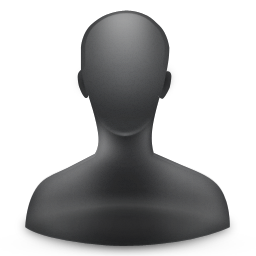Welcome to Schoolessons
Ask A Teacher
- Home
- Ask A Teacher
- View Question
What is a biosphere reserve ?
A biosphere reserve is an area of land or water that is protected by law in order to support the conservation of ecosystems, as well as the sustainability of mankind’s impact on the environment. This means that each reserve aims to help scientists and the environmental community figure out how to protect the world’s plant and animal species while dealing with a growing population and its resource needs. These areas were created by the United Nations Educational, Scientific, and Cultural Organization (UNESCO) under a program called Man and the Biosphere (MAB) in 1968. Since its creation, MAB has helped dozens of countries create biosphere reserves. In order to create a reserve, a country must suggest an area of land for the MAB to approve. There are three main parts to a reserve. The first part is called the core zone, which is strongly protected for the conservation of biological diversity — to make sure that different types of plants and animals are safe from human impact. The second part is called a buffer zone, and surrounds the core zones and provide a space for environmental research, recreation, and tourism. The last part is called a transition zone, and this area is for local communities that have a hand in managing the resources of the area through farming, fisheries, and other non-governmental activities. Ultimately, the ways that these three zones operate depend on the specific needs of the biosphere reserve they are in.
Save My Ratings
Search
Categories
Solved Questions
-

Why are oceans are blue in colour?
May 9, 2015, 1:59 p.m. Ratings : 5.0 -

Name the principle on which a rocket works.
Oct. 7, 2015, 8:47 p.m. Ratings : 5.0 -

ABCD is a square and ABE is an equilateral triangle outside the square. Prove that angle ACE =half of angle ...
Oct. 12, 2015, 7:04 p.m. Ratings : 5.0
